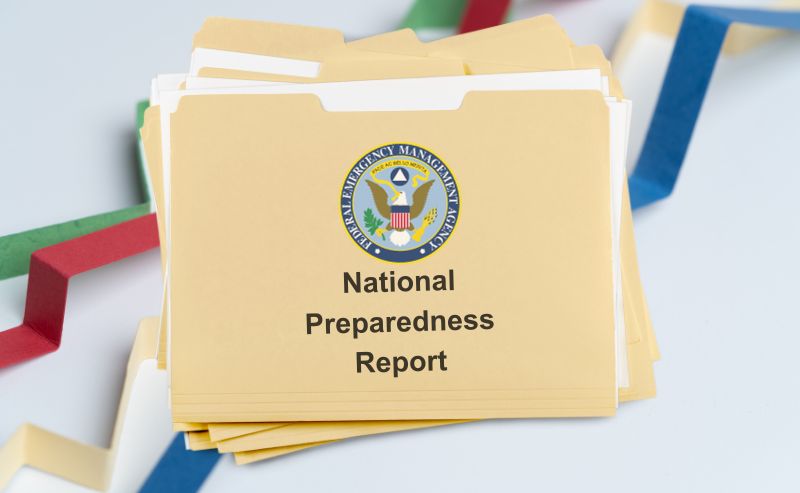Unfortunately, the answer is yes. The flu is raging, and the entire country is at risk – literally. Now, for the first time since implementing the current influenza tracking system, the Centers for Disease Control (CDC) is reporting simultaneous, widespread flu across the entire continental United States. This could spell serious trouble for many, especially employers who must contend with unusually high levels of employee absenteeism because of the virus.
According to the National Institute of Occupational Safety and Health (NIOSH), the flu causes U.S. workers to lose up to 111 million workdays at an estimated $7 billion a year in sick days and lost productivity.
The Society for Human Resource Management (SHRM) believes “employers should prepare for the possibility that a large portion of their workforce will be unable to work during the flu season.” This means including communicable diseases in your organization’s business continuity, continuity of operations/government, or emergency operations plans. Per SHRM, and at a minimum, these plans should address questions such as:
– How many absences can we handle before business operations are interrupted?
– How do we keep operations running during an interruption?
– What changes can we make to keep the business operating effectively?
With the help of BOLDplanning, the industry leader in online planning software and consultative services for readiness, response, recovery and mitigation, your organization will not only discover the answers to these important questions, but also create meaningful and actionable plans for ensuring resilience – even if faced with an epidemic like the H1N1 outbreak in 2009.
If you think it’s too late to better prepare your organization for the 2017-2018 flu season, think again. We’re only a little more than half way into it. That’s why medical experts continue to urge people to get a flu shot (though only considered about ten percent effective) and to continually wash their hands. They’re also encouraging everyone to minimize travel, avoid public places, and to stay home from work if they even think they may have the flu.
While such advice may contribute to the staggering numbers provided by NIOSH, it should help slow the spread of the H3N2 virus. That’s good news given the fact that the flu season doesn’t officially end until late March of this year.
If your organization wants to improve its preparedness for communicable diseases like the flu (and other critical events that may lead to high levels of employee absenteeism), contact BOLDplanning now. A phone call to 615.469.5558 or an email to info@BOLDplanning.com could make all the difference this flu season and in advance of those to come.






